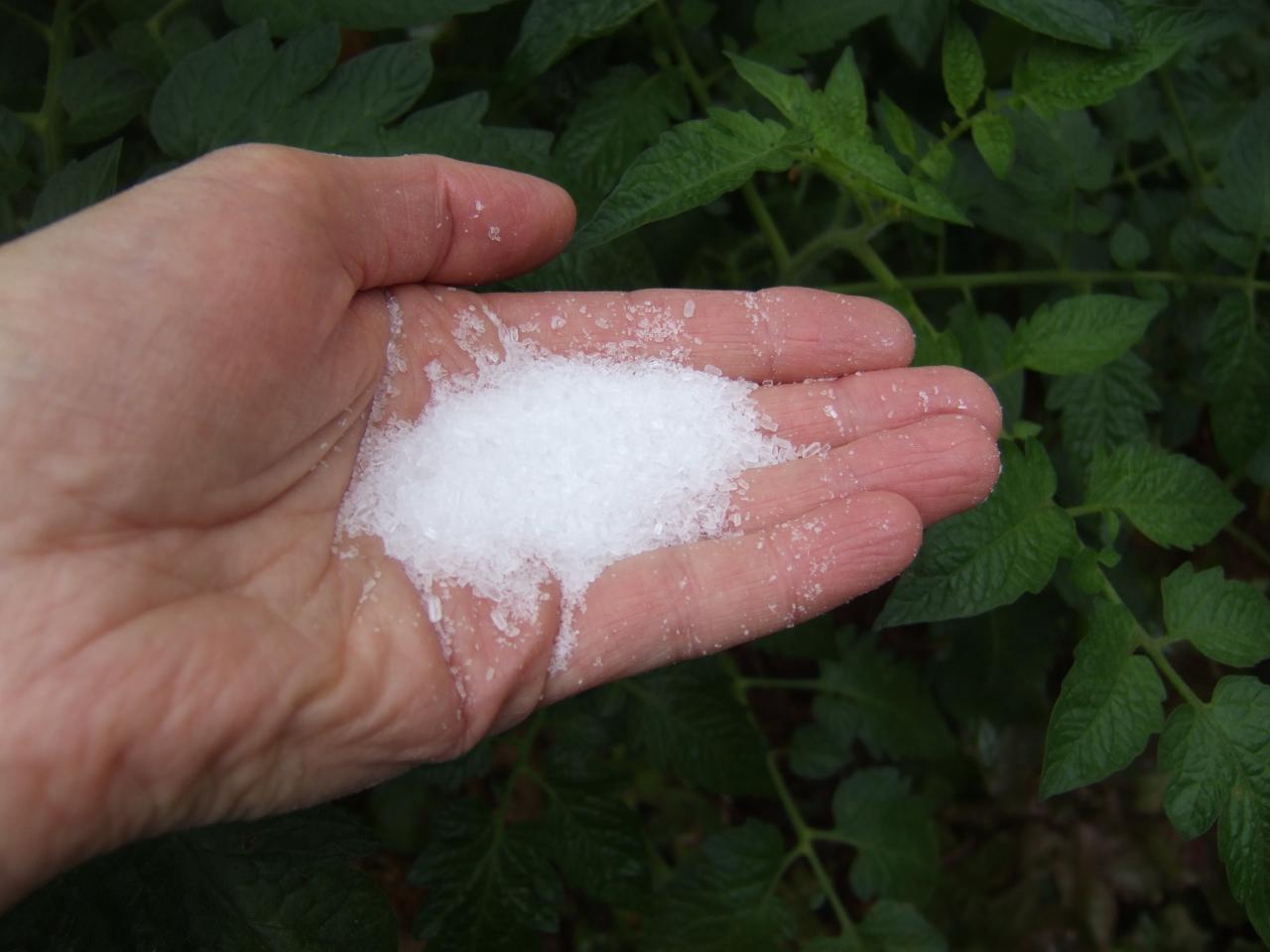Find What Plants Don't Like Epsom Salt in Your Yard
Find What Plants Don't Like Epsom Salt in Your Yard
Blog Article
Explore Why Some Plants Turn Down Epsom Salt as a Nutrient Source
In the complex world of plant nutrition, the being rejected of Epsom salt as a practical nutrient resource by some plants postures an interesting dilemma. Despite its rich magnesium and sulfur material, specific plant varieties appear to avoid this conveniently available substance. The reasons behind this selective habits explore an intricate interplay of plant absorption devices, the distinct chemical framework of Epsom salt, and plant-specific nutrient preferences. Comprehending these aspects might clarify the enigmas of why some plants opt out of using this apparently valuable nutrient resource.
Plant Absorption Systems
In diving into the elaborate realm of plant absorption mechanisms, it becomes obvious that the process is regulated by an advanced interaction of molecular paths and physiological dynamics. Plants soak up nutrients mainly with their origins, using numerous transport systems to uptake essential aspects such as nitrogen, magnesium, potassium, and phosphorus. Magnesium, a crucial component in chlorophyll synthesis and enzyme activation, plays an important role in plant growth and development.
The absorption of magnesium entails a number of actions, starting with its availability in the dirt option. Once liquified, magnesium ions are taken up by plant roots through specific transport healthy proteins installed in the cell membrane layers. These proteins facilitate the activity of magnesium across the origin cell wall surfaces and right into the plant's vascular system, where it is then distributed to different tissues to support various physical features.
Recognizing the complex devices behind magnesium absorption in plants clarifies exactly how this important nutrient adds to general plant health and wellness and performance. By optimizing magnesium uptake pathways, growers can enhance plant returns and quality, highlighting the relevance of comprehending plant absorption characteristics for sustainable agriculture methods.
Epsom Salt Chemical Structure
The chemical structure of Epsom salt, also known as magnesium sulfate heptahydrate, exposes an unique plan of aspects that contribute to its one-of-a-kind residential properties and applications. The seven water molecules are freely bonded to the magnesium sulfate substance, allowing it to dissolve quickly in water and be easily taken up by plants via their origins.
The crystal framework of Epsom salt develops monoclinic prisms, which are elongated crystals with parallel ends. This crystal shape affects the physical residential properties of Epsom salt, such as its texture and solubility. Comprehending the chemical framework of Epsom salt is essential for comprehending its behavior as a nutrient source and its communications with plants in agricultural and gardening practices.
Plant-Specific Nutrient Preferences
Plants exhibit distinct choices for details nutrients, emphasizing the importance of advice comprehending their private demands for ideal growth and development. Comprehending these plant-specific nutrient preferences is crucial for optimizing crop yields, improving ornamental plant growth, and advertising overall plant health.

Plant-specific nutrient choices can also vary based on whether the plant is a monocot or dicot. Monocots, such as grasses and lilies, have various nutrient requirements contrasted to dicots like roses and tomatoes. Additionally, specific plants might display particular deficiencies or poisonings when exposed to insufficient or excess levels of certain nutrients. By tailoring nutrient supplementation to satisfy the accurate requirements of each plant types, farmers can maximize plant development, decrease vitamins and mineral waste, and support sustainable agricultural methods.

Soil Ph and Nutrient Uptake
Dirt pH plays a vital role in establishing the schedule of important nutrients for plant uptake. Acidic dirts with a lower pH are desirable for plants like blueberries and azaleas, while alkaline dirts with a greater pH suit plants such as lilacs and clematis.
On the other hand, alkaline soils may restrict the availability of nutrients like zinc, copper, and iron, affecting plant growth. Keeping the appropriate pH level in the dirt is vital for guaranteeing that plants can successfully uptake the required nutrients for their healthy and balanced advancement and efficiency.
Hereditary Elements in Nutrient Uptake
In the realm of plant nutrition, the interaction of genetic variables considerably influences the uptake of crucial nutrients vital for plant development and development. Hereditary aspects play an essential role in forming a plant's ability to soak up and make use of nutrients efficiently. Variations in genes can influence the expression of transportation proteins in charge of moving nutrients throughout cell membrane layers. These transportation healthy proteins, such as channels and carriers, are inscribed by certain genes that can differ amongst plant varieties or also within the exact same varieties.
Additionally, hereditary elements additionally determine the more helpful hints efficiency of nutrient uptake mechanisms within plants. Some plants might possess genetic traits that improve their capacity to scavenge nutrients from the soil effectively, providing them a competitive benefit in nutrient-poor settings. On the various other hand, genetic variations can also bring about limitations in nutrient uptake, ensuring plants extra vulnerable to shortages even when nutrients are plentiful in the soil.
Understanding exactly how genetic factors affect nutrient uptake is vital for establishing methods to maximize plant nourishment and enhance crop efficiency in numerous farming setups. By untangling the hereditary devices included in nutrient uptake, researchers can work towards establishing genetically improved plant varieties with boosted nutrient procurement capacities.
Final Thought
:max_bytes(150000):strip_icc()/GettyImages-1317990269-f9c37b77324f4095b1916657ff7b26fb.jpg)
In the elaborate world of plant nourishment, the rejection of Epsom salt as a viable nutrient resource by some plants poses a fascinating quandary. what plants don't like epsom salt. Recognizing these plant-specific nutrient preferences is critical for maximizing crop yields, enhancing ornamental plant growth, and promoting overall plant wellness
By tailoring nutrient supplements to fulfill the precise needs of each plant varieties, growers can maximize plant development, lessen nutrient waste, and support lasting farming techniques.
In the realm of plant nourishment, the interaction of hereditary aspects significantly affects the uptake of vital nutrients critical for plant development and growth. Recognizing these complexities in plant nutrient uptake is critical for enhancing plant growth and health in agricultural techniques.
Report this page